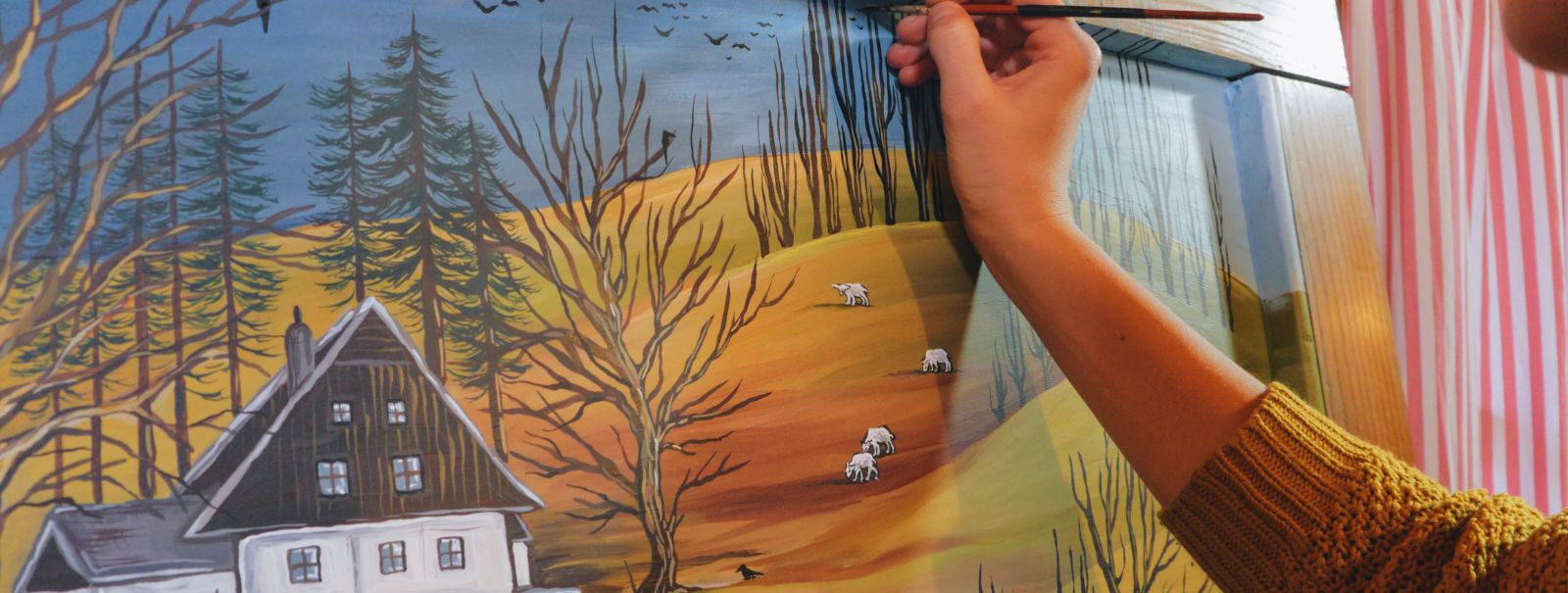The story behind estonian art
Estonian art, with its rich tapestry woven through time, is a reflection of the nation's soul. From the rustic charm of traditional handicrafts to the bold statements of contemporary installations, Estonian art tells a story of resilience, innovation, and identity.
The roots of Estonian art can be traced back to the intricate patterns of ancient textiles and the delicate carvings of wooden artifacts. Over the centuries, these early expressions evolved, mirroring the changes in the political and social landscape of the region.
Estonian art is characterized by a deep connection to nature, a penchant for storytelling, and a unique blend of influences from neighboring cultures. It often embodies a quiet introspection and a profound respect for tradition, while also embracing modernity and experimentation.
The Influence of Geopolitical Changes on Estonian Art
Throughout history, Estonia's strategic location has made it a melting pot of cultures. German and Swedish rule introduced new artistic techniques and motifs, which were seamlessly integrated into the local aesthetic.
The Russian Empire and later the Soviet Union left indelible marks on Estonian art. Artists navigated the complex interplay between imposed ideologies and national expression, often using symbolism and allegory to convey their messages.
With independence came a flourishing of artistic freedom. The modern era of Estonian art is marked by a fearless exploration of mediums and subjects, reflecting the country's ongoing journey of self-discovery and assertion on the world stage.
Notable Estonian Artists and Their Contributions
Kristjan Raud is revered for his role in shaping the visual narrative of Estonia's national identity. His works are steeped in folklore and mythology, serving as a beacon of cultural pride.
Adamson-Eric was a pioneer in diversifying Estonian art forms. His oeuvre spans painting, ceramics, and textile design, showcasing the versatility and breadth of Estonian creativity.
Today's Estonian artists continue to push boundaries, with many gaining international acclaim. Their work is a testament to the vibrant and evolving nature of the nation's artistic expression.
Estonian Art in the Digital Age
In the digital age, efforts to preserve and digitize Estonian art have become paramount. These initiatives ensure that the legacy of Estonian creativity is accessible to future generations and a global audience.
Contemporary Estonian artists are increasingly incorporating technology into their work, exploring new forms of digital art and interactive installations that resonate with a tech-savvy generation.
Estonian Art on the Global Stage
Estonian art has made its mark on the global stage through international exhibitions and biennales. These events not only showcase the country's artistic talents but also foster cultural exchange and dialogue.
Art plays a crucial role in promoting Estonian culture, serving as an ambassador that communicates the nation's values, stories, and aesthetic to the world.





Comments (0)